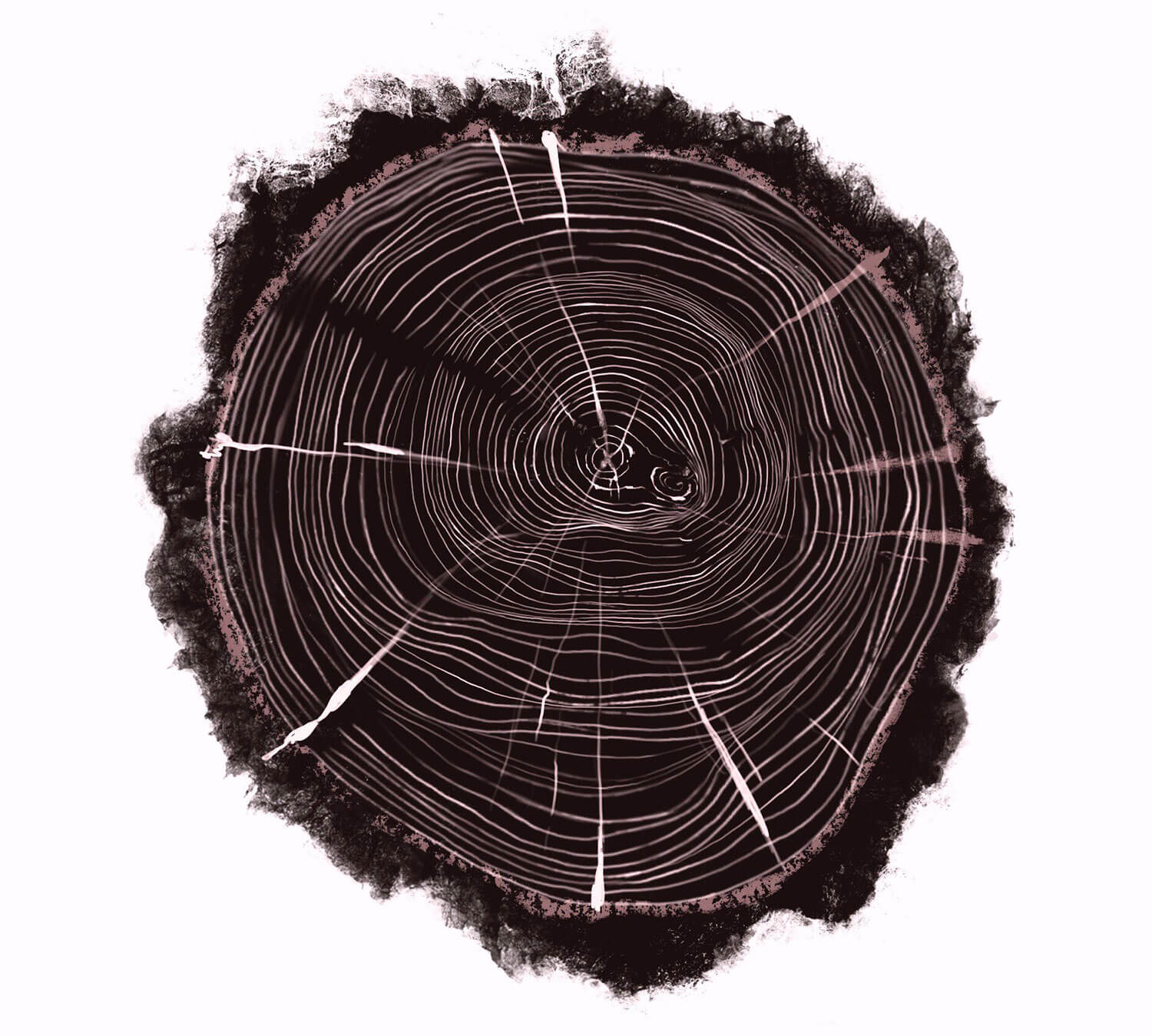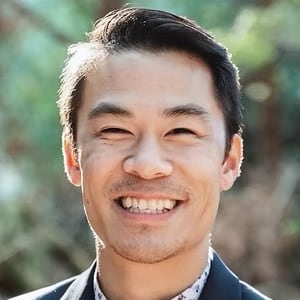
Though I spent a lot of time under her care, my Pau Pau and I didn’t speak much. Our exchanges were generally limited to one-way admonitions in her native Toisanese. Hehk fahn was her most common invitation — “It’s time to eat.”
I could never quite grasp my grandmother’s language, the neglected cousin of Cantonese with its nasally, guttural sounds. It was a farmer’s language after all; country talk, rough, like chalk on asphalt, like poems carved into walls. So harsh were the words that I always thought my grandparents were arguing, but maybe my ears just weren’t attuned to their souls. Maybe I couldn’t handle life at that frequency, in that melody, in the blues.
It strikes me now that Toisanese is the perfect language for old immigrant women who no longer give a damn. It’s the tones, certainly, but also the way words form at the back of the mouth, like there is something detained there that needed to be released, the way the tongue warps words, turning S-sounds into fucked up THL-sounds; only this language could cradle the tension, the halting trauma, the discontinuity of immigrant life that drew fault lines into the lives of my grandparents. So, of course, when they sat together around a Lazy Susan and tea, a safe space in a city whose ears were also mistuned, the words rushed forth in their full guttural potency. I interpreted this as anger, but it was release, a linguistic waterfall in a barren wilderness.

When our words failed and the distance between our languages, generations, and cultures became too great, there was always a table. Food was the one thing, more than words, more than ritual, more than pictures, that could transcend our diaspora and the shipwreck left floating in its wake. Food could, even if temporarily, gather the pieces and hand them back to us in a bowl. And for the moments I drew Pau Pau’s edible love into my body, everything made sense precisely because it no longer had to make sense. My cousins and I would receive the mystery of her love in a bowl of soup and rice, no translation needed. At the table, everything was clear again, even if it wasn’t; mystery encroached upon our estrangement.
Perhaps we would never again hear the stories in Toisanese. And maybe when we lost the language, the stories would escape through our cupped hands. But even if we could speak again, I am not sure if I would ever be able to crack the shield my grandmother had covered over her heart. I will never truly know what she saw or experienced, the trauma of escaping war or sailing across oceans, the abuse suffered at the hands of violent and repressed men, the loneliness of migration, and the silence that settled over all of it. But I smelled the journey as it simmered on the stovetop. I tasted her pain and resilience in a broth.
There is memory beyond words, a story that transcends language. The meal connected me to my grandmother in ways words could not.
And yet, what are we to do with the untold stories? What must we do with our postmemory, those stories that have been forgotten but live in our bones? For if it is indeed the body that keeps the score, as Dr. Bessel Van Der Kolk notes, then memory as we understand it, as some kind of conscious mental recollection, is not the best word for that which holds our stories. Instead of imagining the mind as a library where memories are stored neatly and catalogued, perhaps it is more appropriate to imagine our bodies as trees where memories live in the cross-section of our bones, revealing concentric rings that hint at where we’ve been. These stories are not easily accessible or discernible; indeed, to see them, we must first be broken open.
Might it be possible, then, that the memories, traumas, and triumphs of the past 100 generations dwell in our bodies without our conscious knowing? And maybe a bad day isn’t just a bad day but an ancestor calling out from generations past, an anniversary of a tragedy we know nothing about. Does my grandmother’s trauma and resilience live in me? And my great-great-great grandmother’s? And Adam’s? And where do we find healing for any of this?

When we leaned toward the bowl and let the fragrance of our Pau Pau’s soup come over us, the questions would lose their power, and the mystery of the meal would overtake us. I confess: I do not know the answers and I will never be able to tell all the stories. All I know is that when my grandmother would spoon this liquid gold over rice, she was telling us in the only way she knew we would understand, “This is my body, given for you.”
For the families of the earth in perpetual diaspora, amnesia chokes down every breath. But the solution is not simply a better memory or a more accurate storytelling; our freedom is found in anamnesis, what theologian Robert Capon calls “renewed knowledge, a re-membering, a re-cognition by the grace that raises those whom death has absolved”. For all the ways the stories have been stolen, the ways we have been renamed and refashioned in the images of other gods, in all the ways history and memory have been weaponized in order to protect the most powerful, an ancestor offers his body that the story might be told how it was supposed to be told. For if trauma and resilience exist beyond language, if it is visceral, then words cannot heal us or bridge the divide. Instead, we need something that restores and liberates bodies, something that seeps into our bones and veins, where the stories can still be heard whispering, gasping, refusing to be buried.
The Family Meal is where all the forgotten stories are re-membered in the body of the Great Ancestor. Here, we consume bread and wine, fermented food, food that is at once living and dying, and the meal brings all the dead stories back to life in his anamnesis. The body of the Great Ancestor is broken open so that we can finally see all the rings, all the stories as they truly are, no distortion, no mistranslation, no history glossed over. All the stories are seized from the hands of the powerful and retold in the anamnesis of his brown, poor, covenantal flesh. This is his body, broken open for us, that we would enter a story that has lived in our bones from the very beginning.
My Pau Pau and I did not always have the words, but we found a better way. She offered us herself in the form of soup and rice, a simple reminder that communicated everything we needed to know. This was her offering to us: When the words fail, here is my body. When the depths of pain and suffering are too deep to feel or understand, here is my body. When the stories are too heavy and the telling too painful, here is my body. When you do not know what you do, here is my body. When you have forgotten who and whose you are, here is my body. When the road becomes dark, the signs have been covered, and you forget the way home, here is my body.
Here is my body, broken for you. Hehk fahn and remember me.

Wesley Ching is an Illustrator from Los Angeles who graduated from Art Center College of Design with a BFA in Illustration. When he’s not working on art projects, he enjoys skateboarding, playing basketball, and watching movies. Find him online at wesleyching.com.
